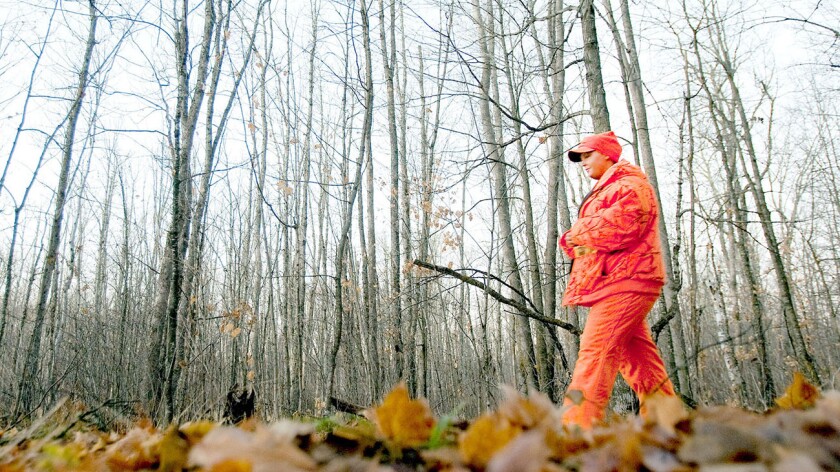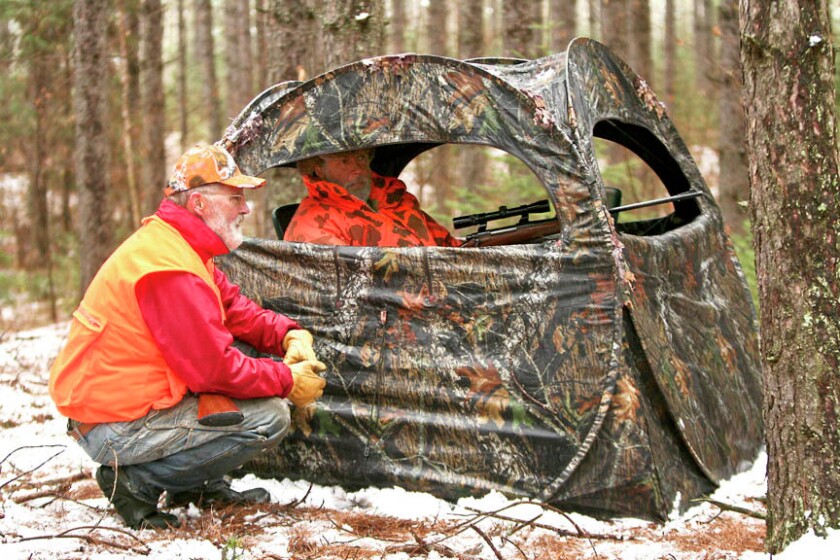ST. PAUL — Minnesota will require nontoxic ammunition for most special hunts held in state parks and scientific and natural areas starting this fall.
The state park hunt requirement was set to go into effect in 2022 but was delayed due to the Department of Natural Resources’ assessment that supply chain issues had limited nontoxic ammunition options for hunters.
ADVERTISEMENT
The nontoxic requirements will impact the relatively few hunters who hunt in SNAs. It will apply to both rifle bullets and shotgun pellets. Hunting is allowed only on 56 of the state’s 166 scientific and natural areas which are generally off limits to hunting or gathering and are set aside to preserve biodiversity of special species of plants and animals.
The 56 scientific and natural areas included in the lead ban will be listed in the 2023 hunting and trapping guide available online and in print wherever licenses are sold starting later this summer. The nontoxic ammunition requirement for SNAs was imposed by an order of DNR Commissioner Sarah Strommen signed in June. Strommen is expected to sign the state park order soon.
Hunting also is generally prohibited in state parks, but several of them offer special youth, antlerless, archery, muzzleloader and other deer hunts to reduce deer populations where they are considered too high. In all there are 66 different special hunts in state parks across the state.
Gail Nosek, DNR communications director, said youth state park deer hunts in the shotgun-only zones in the state will be exempted from the lead ban but those hunters will be required to remove their gut piles from any deer shot to prevent other animals from scavenging lead fragments.

The move to unleaded ammunition, if only in a few areas of the state, comes after Minnesota lawmakers decided in last-minute negotiations to back-off plans to ban lead shot on all state wildlife management areas in farm regions of the state, a move that had been part of the ongoing push to remove toxic lead from all sorts of products.
Lead shot has been banned for waterfowl hunting across North America for decades because even small lead shot can be fatally toxic to eagles and other birds. Lead has been removed from gasoline, paint and other consumer products because it is extremely toxic, causing neurological and brain disorders in some people, especially children and fetuses, who are exposed to it.
Efforts to ban small lead fishing sinkers and jigs also stalled at the capitol yet again this year. The failed effort aimed to keep the lead out of loons and swans which sometimes ingest lead tackle when mistaking it for the grit they need to digest their food. Instead of a statewide ban, lawmakers gave the DNR the option to create a Twin Cities Swan Protection Zone to include metro lakes commonly used by swans and anglers where lead tackle can be banned if needed.
ADVERTISEMENT
Some conservation groups and biologists have pushed for elimination of all lead shot and bullets for hunting and small tackle for fishing, noting people also are at risk from lead fragments in venison. They argue that there is no need for any loons, swans or eagles to die unnecessarily when options abound for nontoxic alternatives. But critics say non-toxic alternatives can be more expensive than lead and that, while individual birds may be dying of lead poisoning, there is no evidence of population-level harm caused to birds or other animals.











